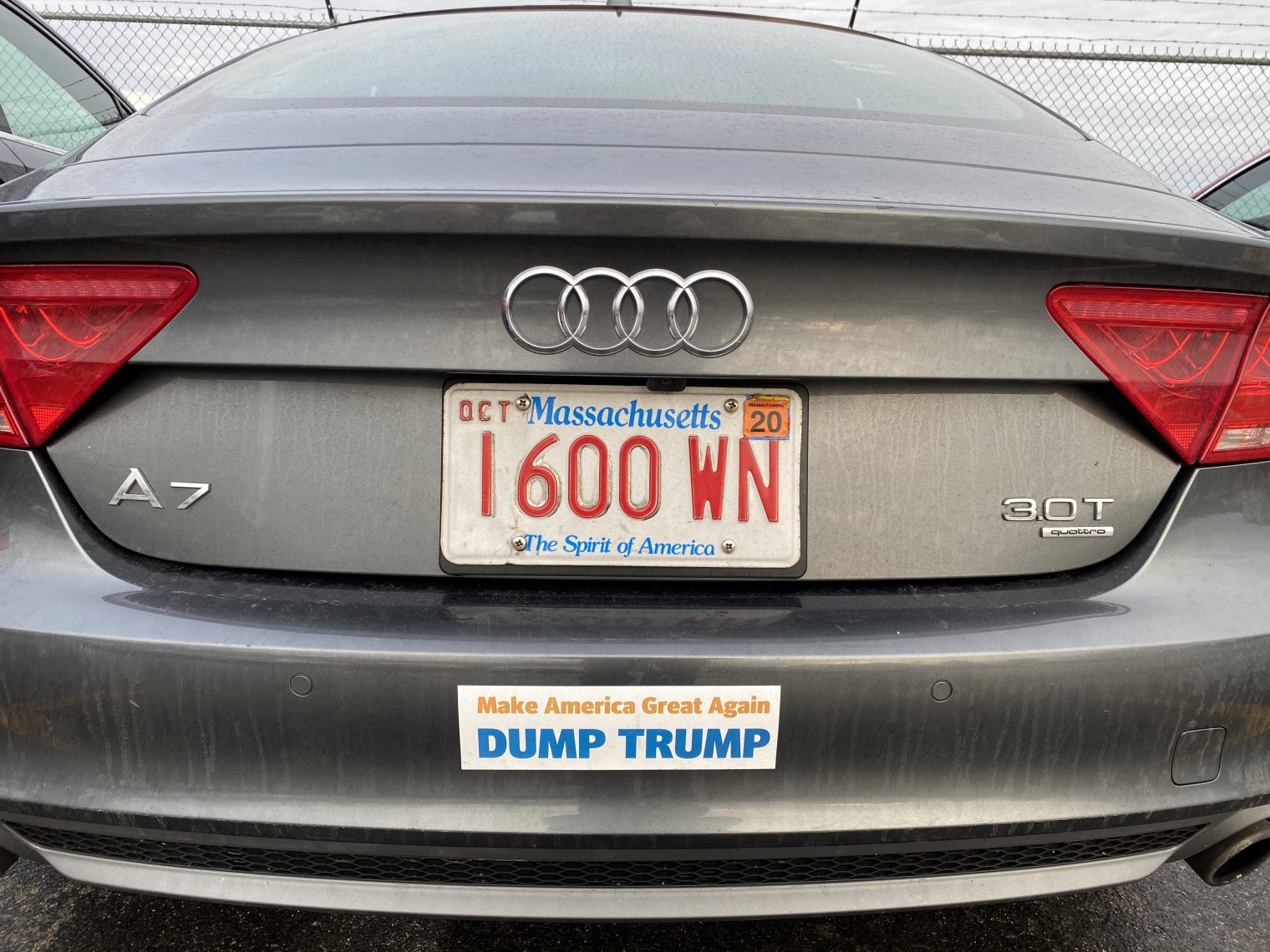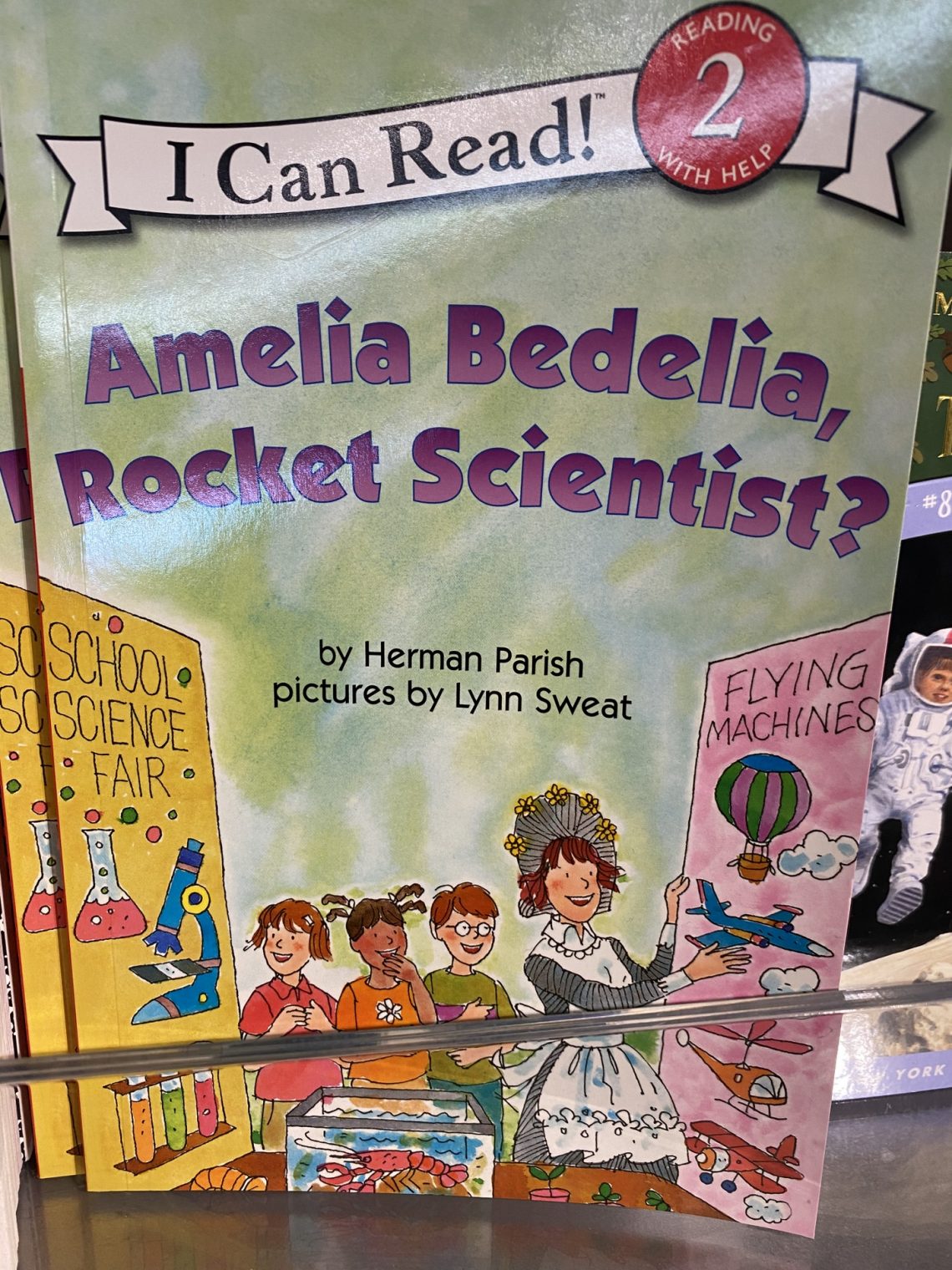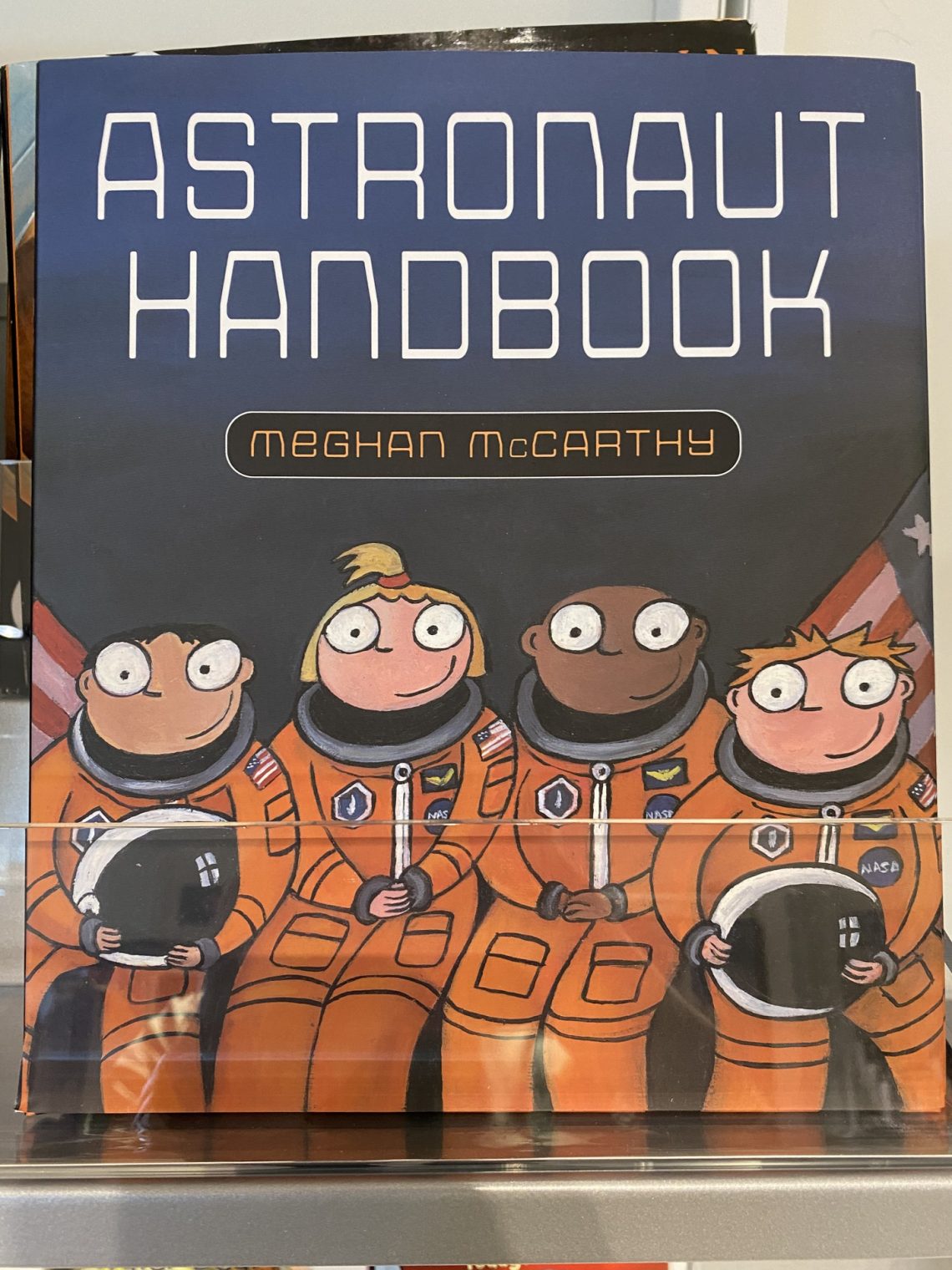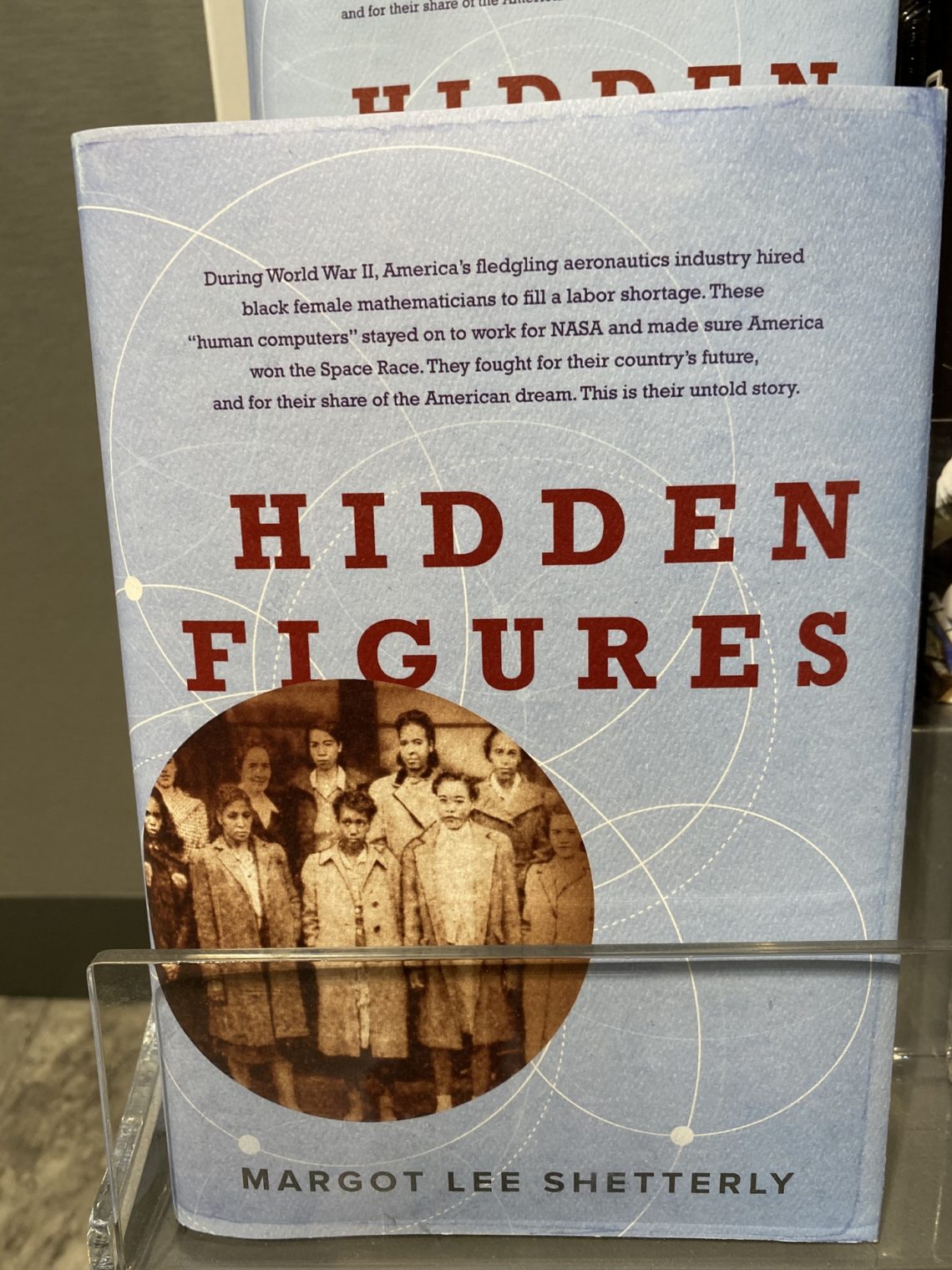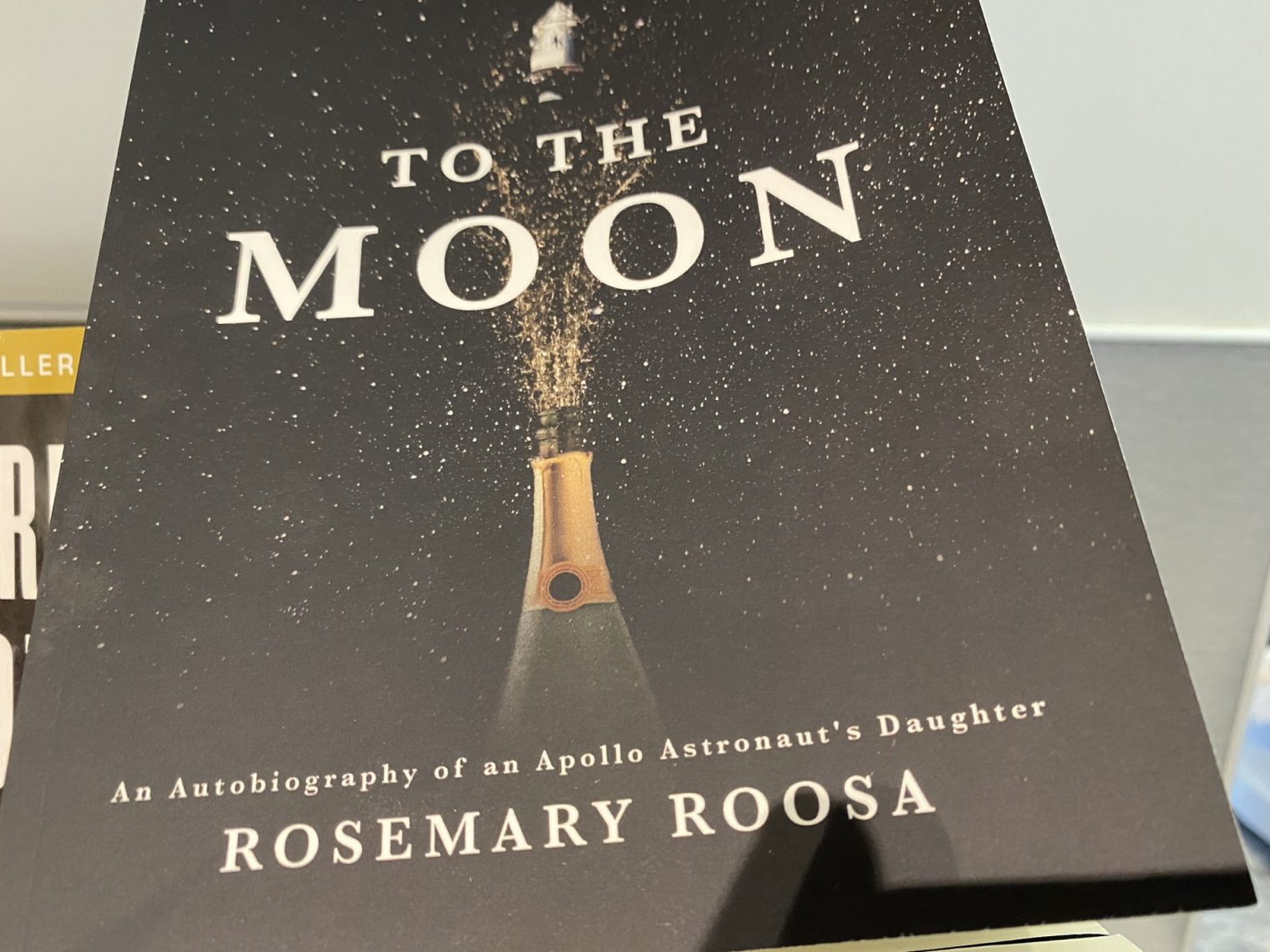Tesla III
The Tesla II post started looking at the material in Tesla: Inventor of the Electrical Age, by Bernard Carlson. Summary: Tesla made bank with his AC motor and then Tesla got famous as a showman in the pre-TV age.
The book goes on to explain that Tesla was never successful after that. He never understood Katherine Clerk Maxwell’s equations and therefore kept trying to run everything through the Earth (which turns out to be quite effective at grounding out signals!):
Of course, in many modern applications of radio—such as FM or communicating with aircraft—the transmitter and receiver circuits do not need to be grounded. In insisting on a complete circuit through the Earth and returning through the atmosphere, Tesla reveals here that his thinking was based more on nineteenth-century practices in power and telegraphic engineering (which emphasized complete circuits) and not on the electromagnetic theory then being developed by the Maxwellians (see Chapter 6) that is widely accepted today. Thinking like a maverick has advantages and disadvantages.
Tesla believed that he would not need to pump huge amounts of electrical energy into the earth; only a small amount was needed, at the right frequency, to serve as the trigger, and resonance would do the rest. With the whole Earth pulsing like his metaphorical football, Tesla was confident that he could annihilate distance and send power and messages around the world.
He not only believed this, he acted on his belief:
Leaving Chicago by train, Tesla arrived in Colorado Springs on 18 May 1899. At his hotel, the Alta Vista, he was immediately accosted by a reporter who asked him about his plans. “I propose to send a message from Pike’s Peak to Paris,” Tesla boldly replied.
… he devised a telescoping mast that could hoist a thirty-inch copper-covered ball to a height of 142 feet. To stabilize the mast, Tesla added a twenty-five-foot tower to the roof of the station.
Under Tesla’s direction, Lowenstein and Gregg built an enormous magnifying transmitter. In the station’s main room, they constructed a circular wooden wall about six feet high and 49.25 feet in diameter. Around the top of this wall they wound two turns of thick cable in order to create the primary winding of the transmitter. In the center of the room they built the secondary coil using a hundred turns of finer wire. One end of this secondary coil could be connected to either a spherical terminal inside the laboratory or the copper ball atop the mast while the other end was grounded. To provide AC to the transmitter, Tesla tapped into the streetcar line that stopped just at the edge of the Knob Hill prairie. He stepped up this 500-volt current by employing a 50-kilowatt Westinghouse transformer that he rewound so that it converted the incoming current to 20,000 or 40,000 volts. The transformer was connected to a large bank of capacitors that were automatically interrupted (and hence discharged) by a motorized breakwheel. Rounding out the equipment were several large coils that could be moved around the space between the secondary and the primary.
Tesla was able to detect signals from his high-voltage high-power apparatus from a short distance away. He did not bother to check whether the signal would be attenuated with distance.
Over the next few months, Tesla conducted additional tests to verify that his magnifying transmitter was sending currents into the ground and that they could be detected. In August he tried “arrangements for telegraphy,” finding that “[t]he apparatus responded freely to [a] small pocket coil at a distance of several feet with no capacity attached and no adjusted circuit. Consequently will go at great distance.” A few weeks later, he took a receiver outside and connected it to an underground water pipe; at 250 feet from the station, he drew one-inch sparks, and at 400 feet he got half-inch sparks. On 11 September 1900, Tesla carried a receiver a mile away from the station, to nearby Prospect Lake, where he was able to measure that the magnifying transmitter was operating with a wavelength of about 4,000 feet.
This lack of witnessed distance tests can be explained on two levels: the theoretical and the personal. From a theoretical standpoint, Tesla did not believe that such tests were necessary. Tesla had decided that stationary waves in the earth, unlike ordinary Hertzian or light waves, did not lose energy as they propagated; consequently, if they could be detected a short distance from the transmitter, these waves could be detected at any distance. Likewise, Tesla also thought that in the return circuit through the atmosphere the process of conduction was extremely efficient and that there would be minimal losses. If there were no losses as the waves traveled from the transmitter to the receiver and back again, then any test detecting the waves—no matter how short the distance—was sufficient for Tesla. Hence he concluded that “communication without wires to any point of the globe is practicable … [and] would need no demonstration.”
Tesla conceived impractical ideas for radio-controlled military attack boats that earned scorn.
Tesla might have done well in San Francisco: “Though we may never know exactly why Tesla never married, the existing sources suggest several possible explanations. The first is, quite simply, that Tesla was more attracted to men than women.”
Why didn’t he invent the rainbow flag, then? “… since sexual degeneracy, like poverty, was viewed as proof that the poor were inferior, middle-class individuals were careful not to reveal anything that could be construed as unusual about their sexual conduct.”
How about mental health?
Tesla’s way through the mountain was electrotherapy. During his earliest work with high-frequency AC, Tesla had noted how such currents affected the body, and during his spectacular demonstrations, he may have observed how shocks altered his mood. Moreover, there was a tradition in popular medicine in mid-nineteenth-century America of using electric shocks from Ruhmkorff coils to treat a variety of ailments; Elihu Thomson’s father, for instance, took shocks in the 1860s as a medical treatment. Over the next few months Tesla gave himself regular shocks, probably using one of his oscillating coils, in order to keep “from sinking into a state of melancholia.” “I was so blue and discouraged in those days,” he later told a reporter, “that I don’t believe I could have borne up but for the regular electric treatment which I administered to myself. You see, electricity puts into the tired body just what it most needs—life force, nerve force. It’s a great doctor, I can tell you, perhaps the greatest of all doctors.”
In other health news, Tesla experimented with X-rays and exposed himself to what would be criminal levels of radiation: “both he and his assistants soon experienced eyestrain, headaches, and burns on the skin of their hands.” Yet he lived to 86!
Full post, including comments
